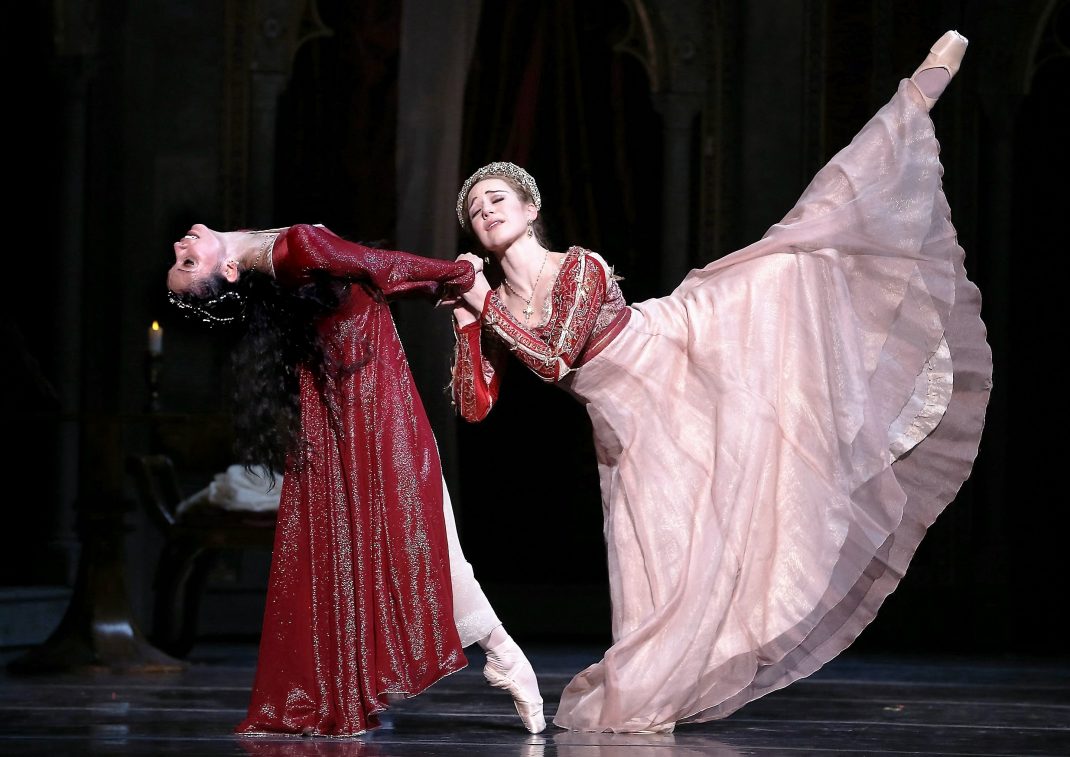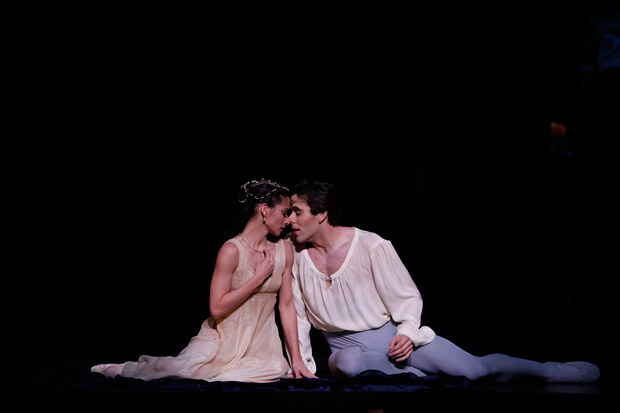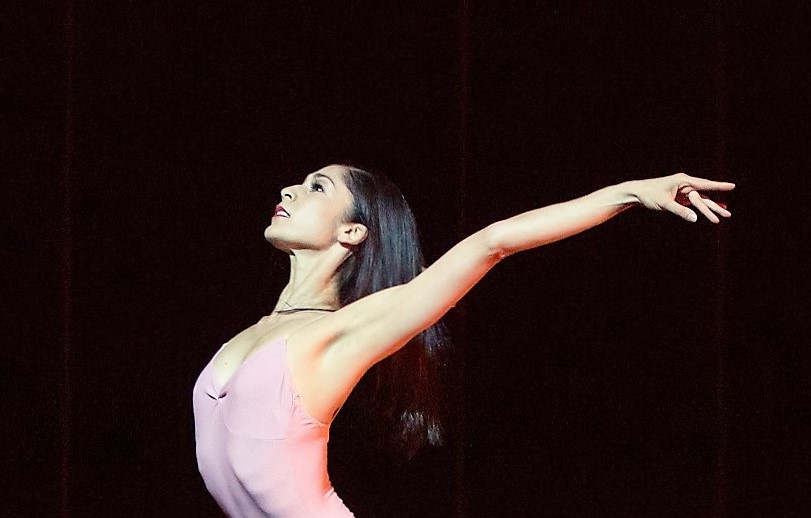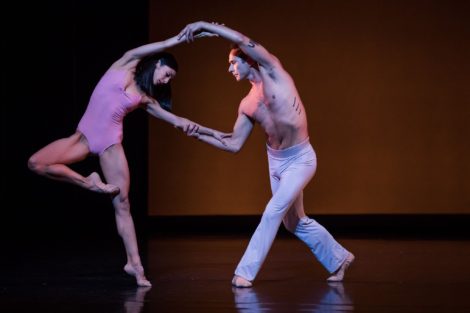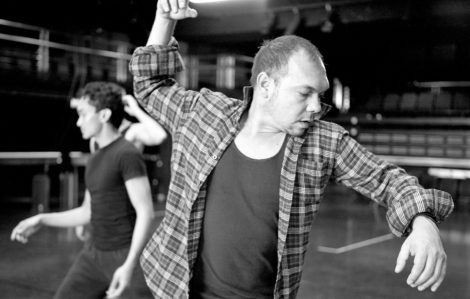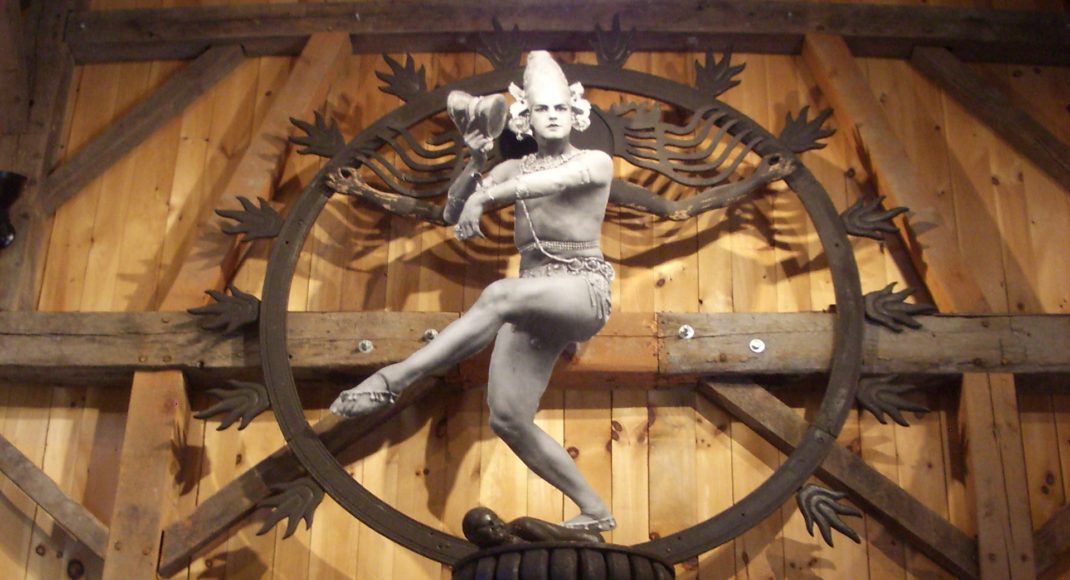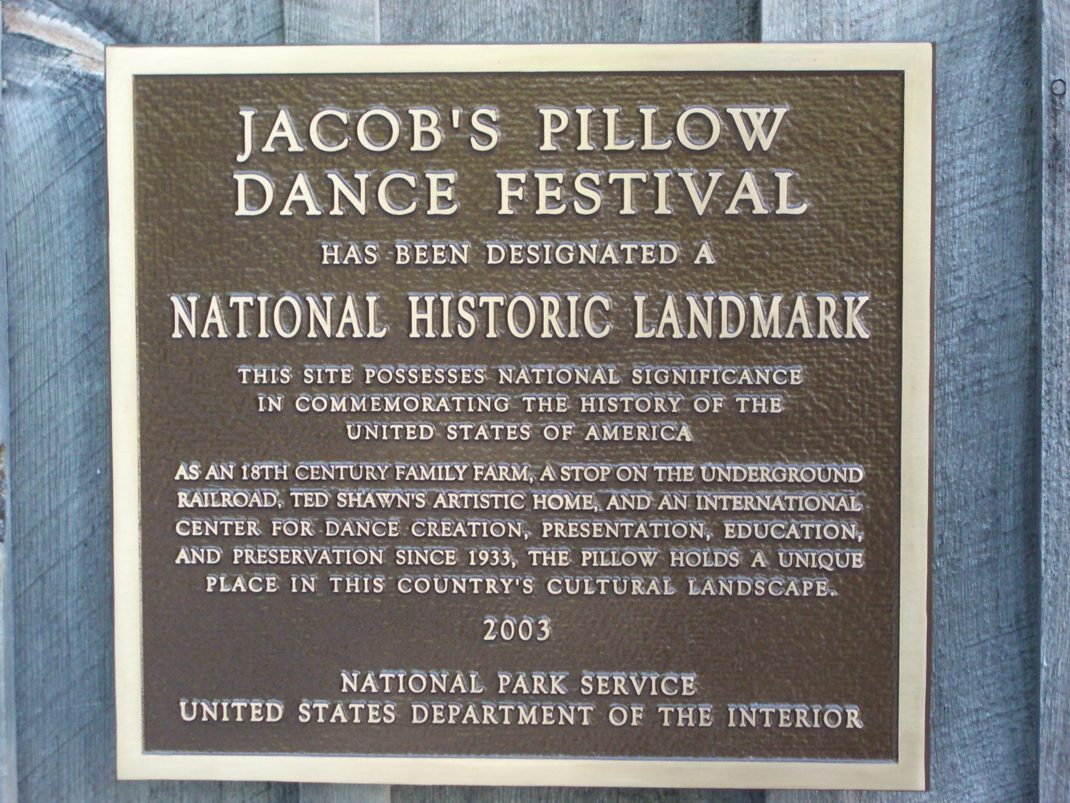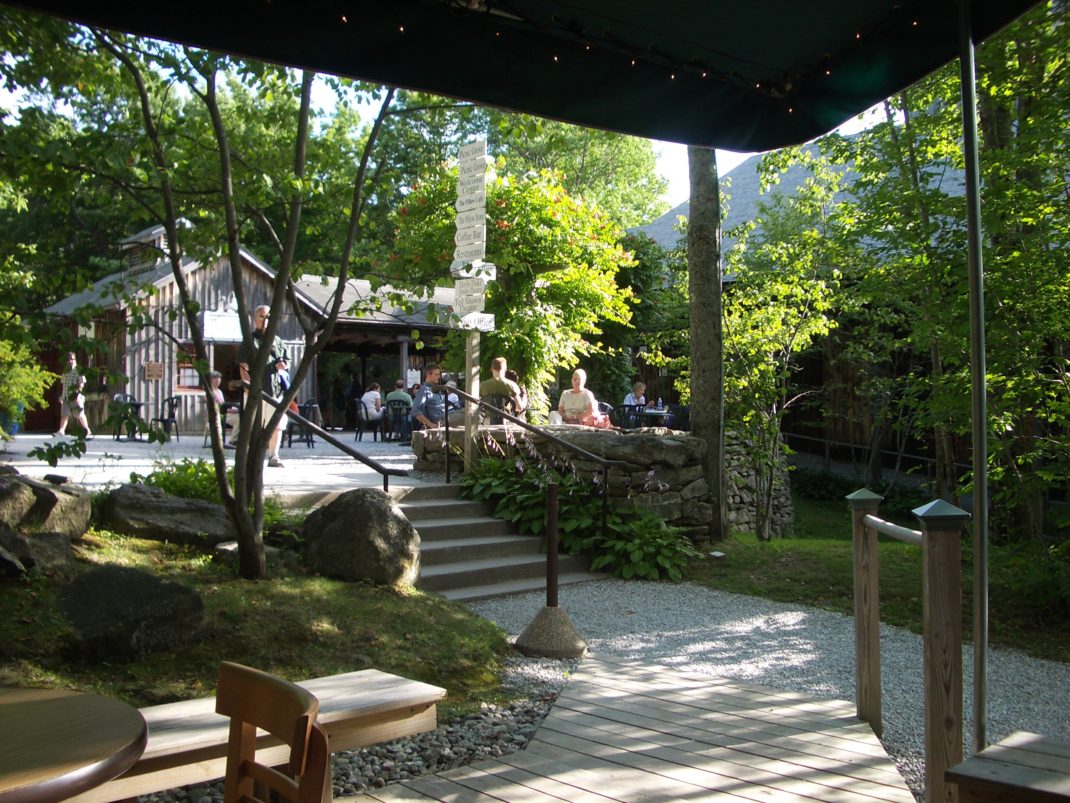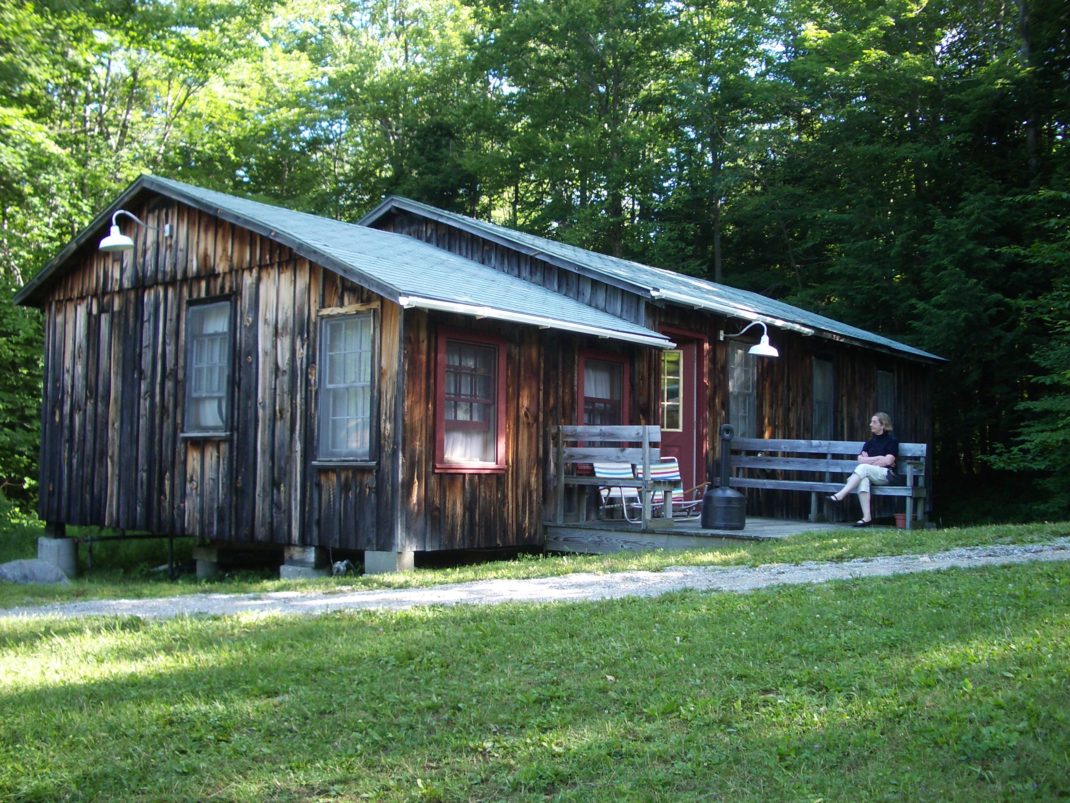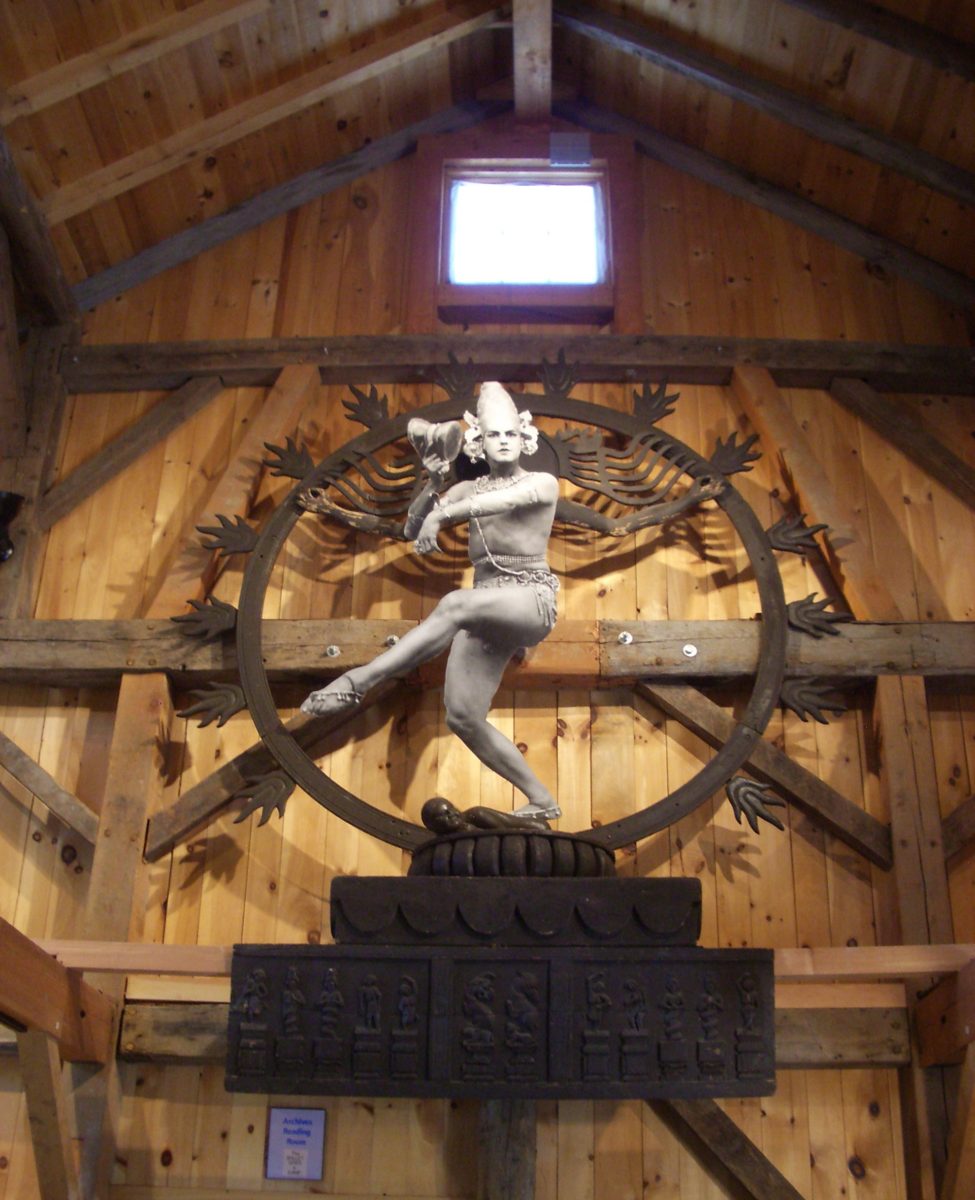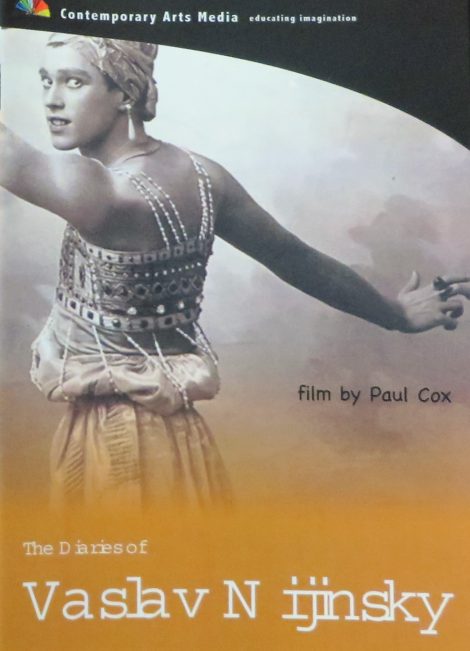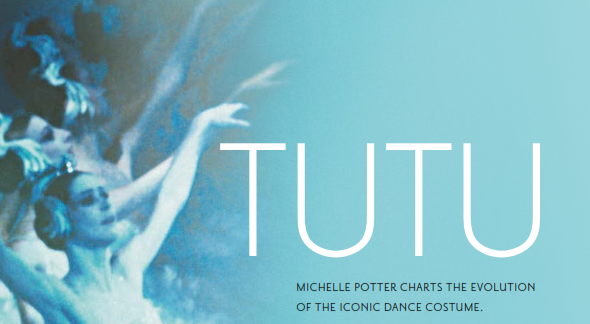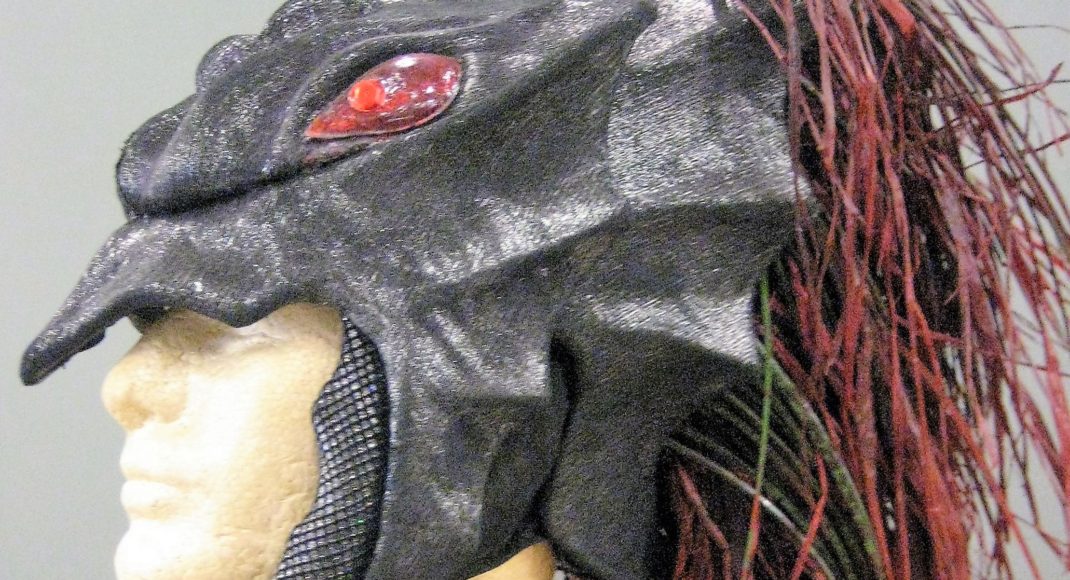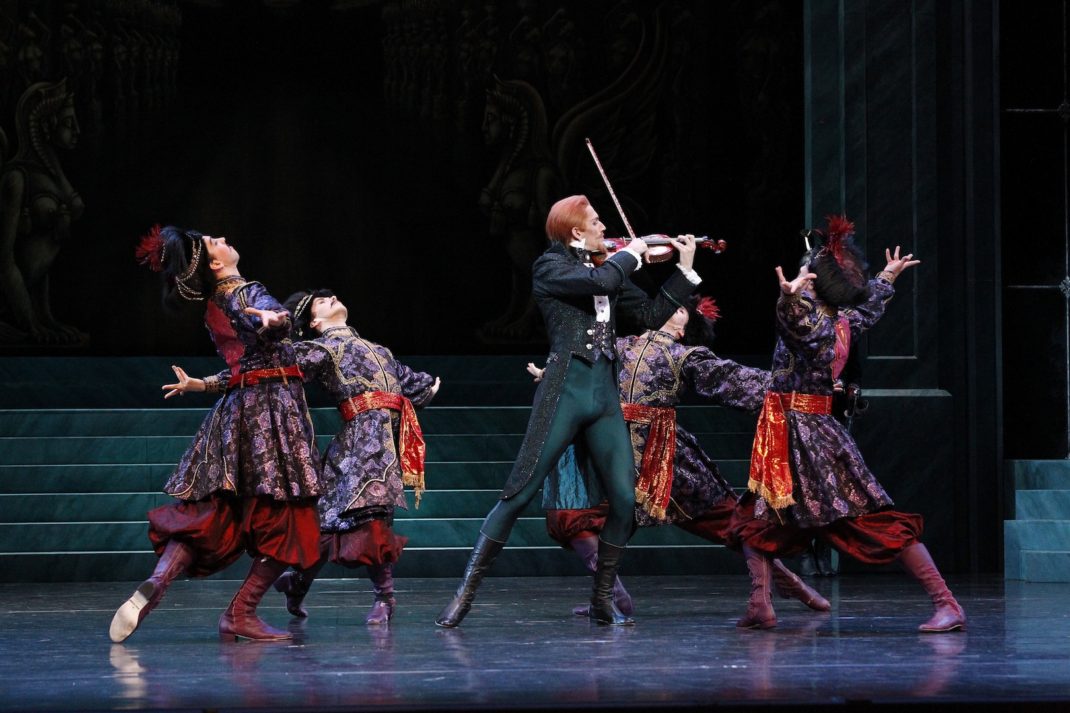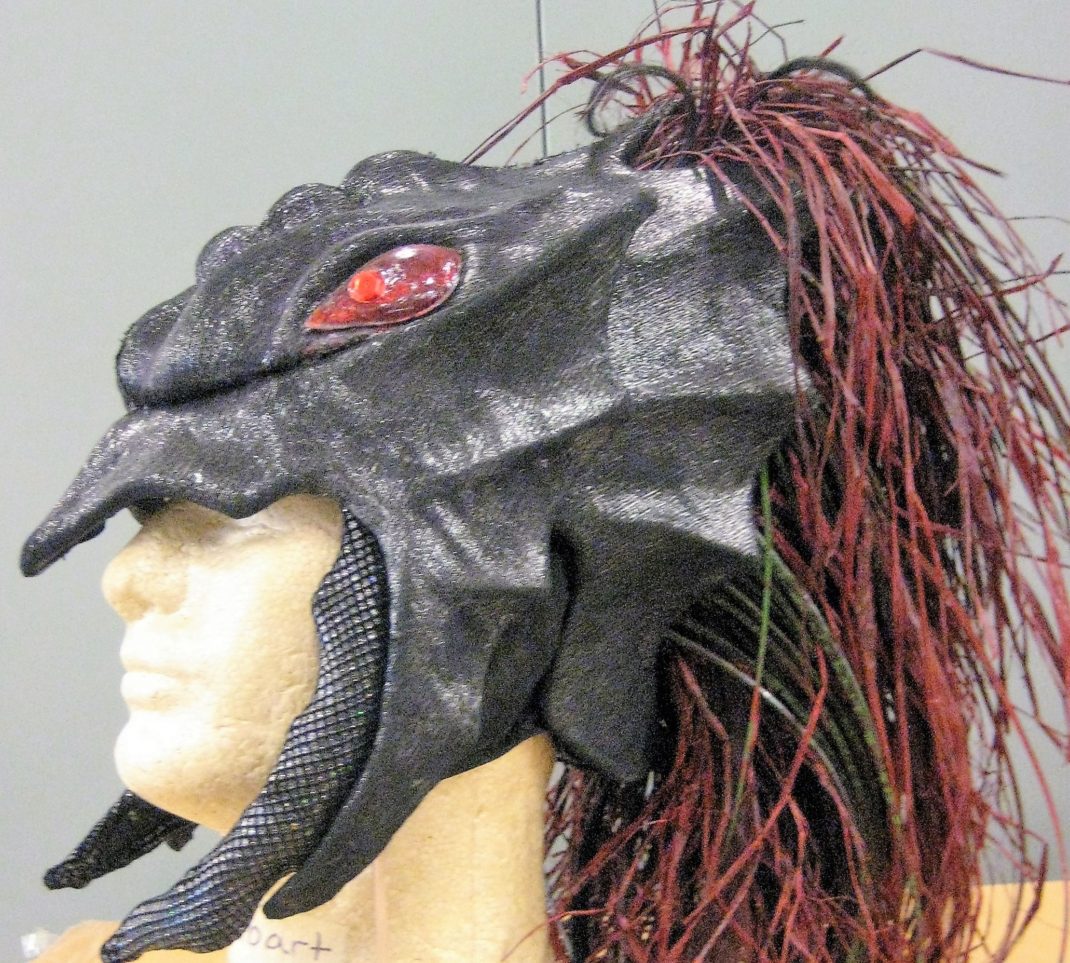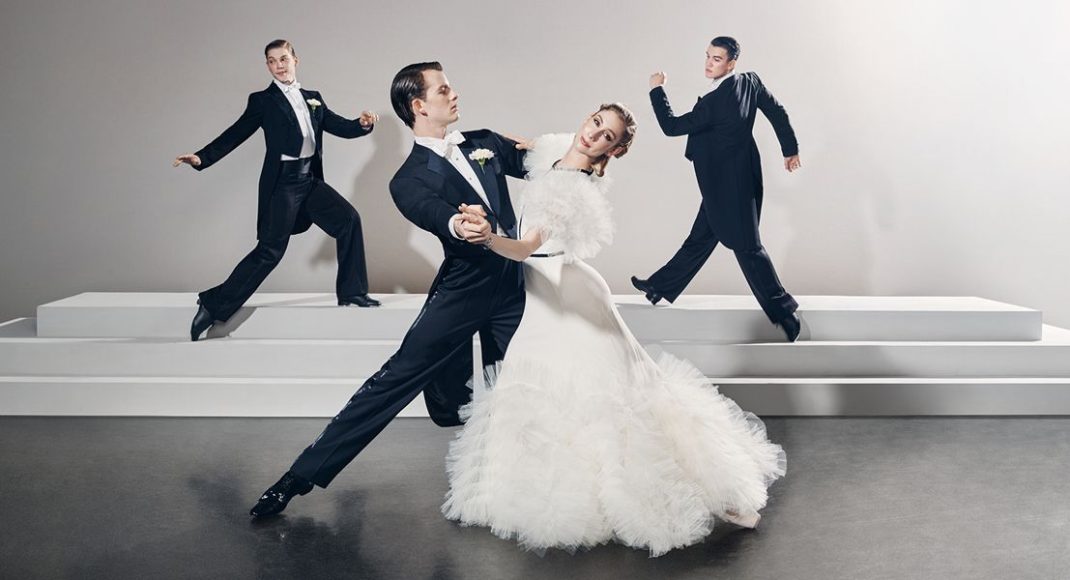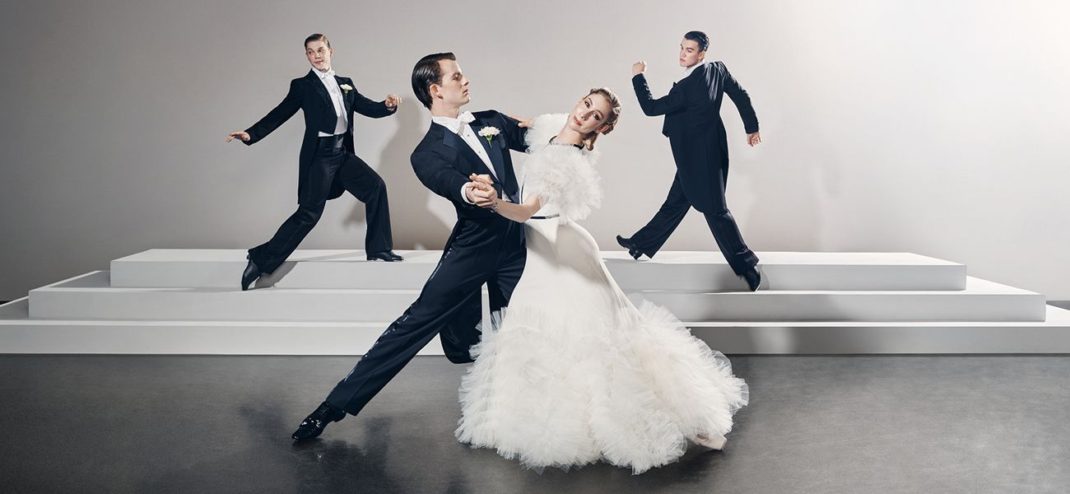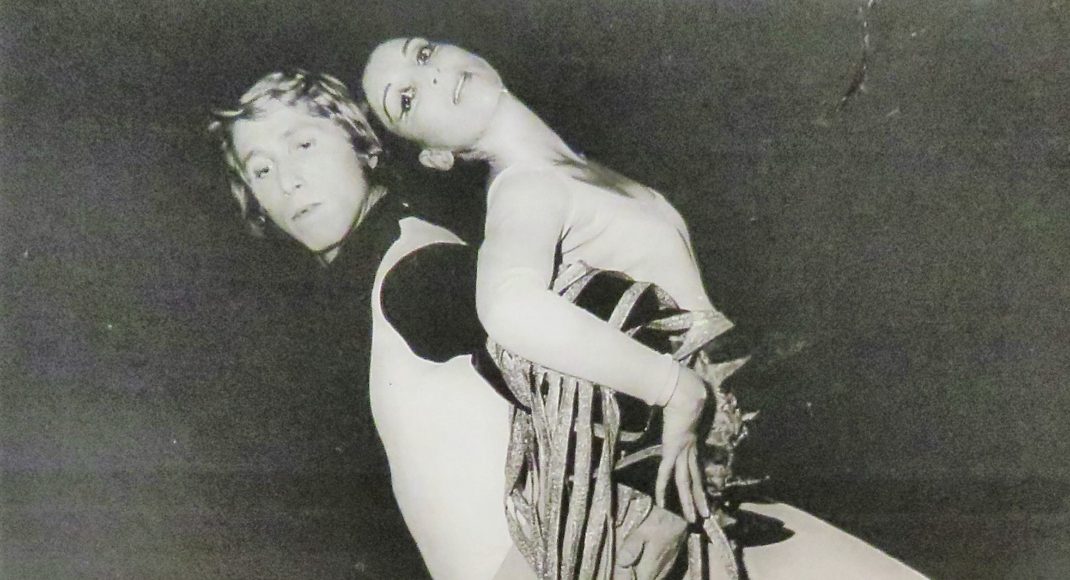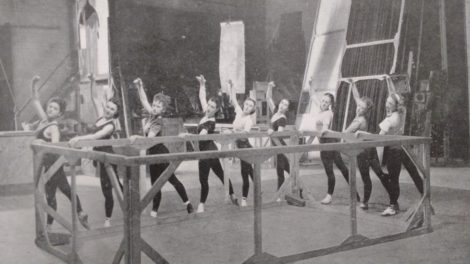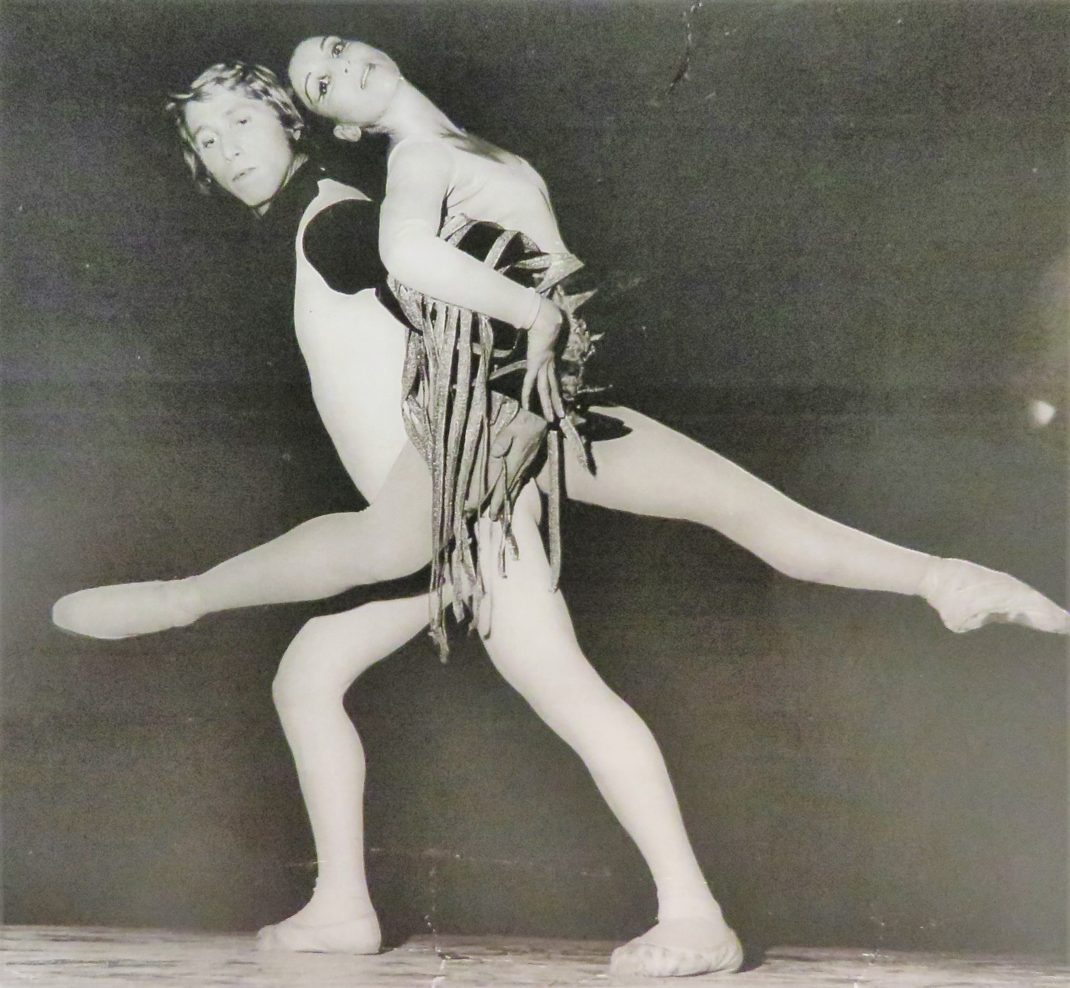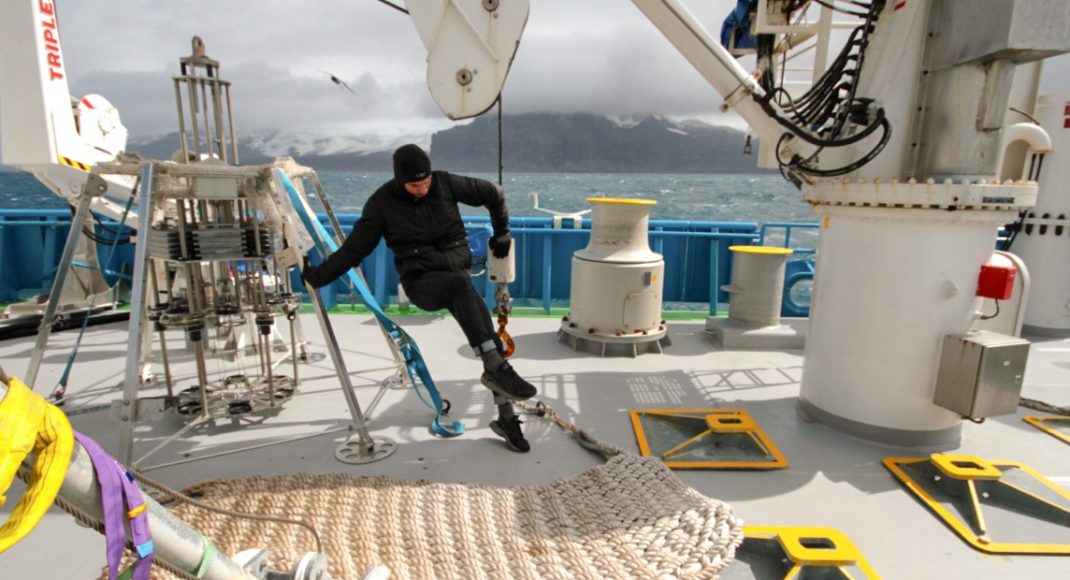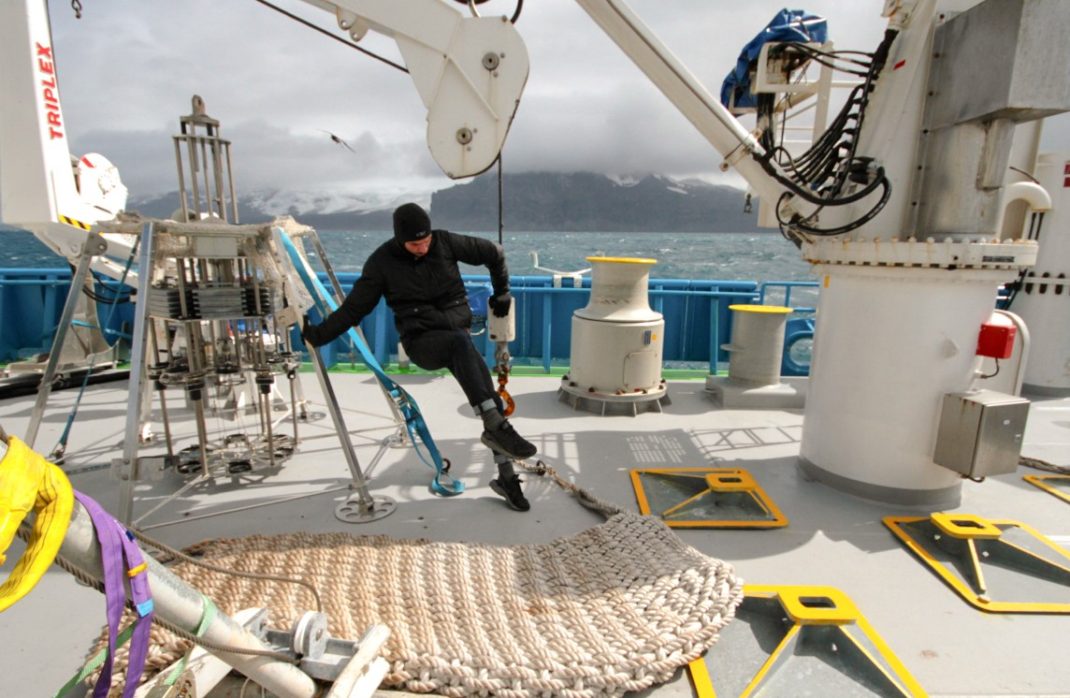It is devastating news that Ausdance National will no longer receive operational funding from the Australia Council to continue its very significant activities in dance advocacy and support, activities that it has pursued with such commitment for close to forty years. A link to the press release from Neil Roach, acting CEO of Ausdance National, is here.
In the press release, Ausdance National President, Brian Lucas, rightly notes that it would be virtually impossible to find anyone—’dancer, choreographer, dance teacher, dance student, dance academic, or dance audience member’ (and I could add other categories)—whose work or life, or both, have not been impacted by the activities of Ausdance National. Among the many projects I could mention, I was closely involved with two that I consider advanced our understanding of the role of dance in our society and that provided (and continue to provide) significant resource material for researchers in Australia and across the world.
An Australian dance collection
Ausdance National was a partner in a project called Keep Dancing! It was a collaboration, funded by the Australia Council, between Ausdance, the National Film and Sound Archive (NFSA) and the National Library of Australia (NLA). I was the project manager for Keep Dancing! and I was located at the NFSA between 1997 and 2001, and then at the NLA in 2002. In 2003 the Library took financial responsibility for the project and created the position of Curator of Dance, the first such position in Australia I believe. I held that position until 2006 when I went to New York to lead the Jerome Robbins Dance Division at the New York Public Library.
The focus of Keep Dancing! was to acquire dance films and videos for the NFSA collection, to ensure that they were preserved and transferred from old formats to current broadcast quality ones, and to have them catalogued and made accessible. As a collecting partner, the NLA commissioned many oral history interviews, in particular with those who were represented in some way in the moving image material acquired by the NFSA, or unearthed from the NFSA’s existing collections. In addition, paper-based collections were acquired by the NLA, again especially as they related to the other material arriving as part of Keep Dancing! The NLA also assisted with the creation of a database linking material across the institutions.
When the NLA took over the lead role, the database that had developed in the early stages became the dance portal, Australia Dancing. It was meant to be a virtual collection linking dance items from the NFSA and the NLA. It also had provision to have audio and moving image embedded into the entries, although this was never exploited to any extent. In many respects Australia Dancing was way ahead of its time, and it never reached its potential. Ausdance National remained involved with the project and was a member of the NLA project management committee, which met regularly, at least in the early years, to keep the project moving along its established guidelines
Sadly, there is no longer a dance curator at the NLA, and sadly too Australia Dancing is no longer available in the format that it was meant to have. An archived version is available on PANDORA and some material is available on Trove, although the entries are no longer being updated, nothing new is being added, and errors are not being corrected. But this incredible project, which began as a result of an Ausdance initiative to save dance on film, has resulted in the existence of a major national dance collection at the NLA, albeit scattered across formats with no overarching portal to draw it together and identify the material as a discrete Australian dance collection. Nevertheless, a significant proportion of the NLA’s dance material is available online as the result of the Library’s strong commitment to digitisation.
I know that this material is used, even though I am no longer employed by the Library on an ongoing basis. I am surprised at how often I am contacted by researchers, in Australia and from overseas, who have questions about the dance material housed in Canberra. As an example, just in the past week I had a long conversation with a researcher looking into Viennese émigrés in Australia and the notion of modernity. She was, of course, interested in Gertrud Bodenwieser and was spending some time in Canberra examining the Bodenwieser collection. Almost without exception, the extensive Bodenwieser material in both the NLA and the NFSA, which includes oral histories, paper-based items, film and video, ephemera and so forth, came to both institutions as a Keep Dancing! acquisition.
Brolga: an Australian journal about dance
In 1996 I began discussing with Meg Denton in Adelaide the need for an Australian dance journal that could publish writing of various kinds that otherwise would have no Australian outlet. Denton generously donated some start-up money and Brolga began to fly, with the first issue being published in December 1996. I was its editor until 2006 and over that time two issues each year were published, 24 issues in all. Under other editors Brolga was a print publication until 2011 when it became an online journal. The subject areas addressed over the years have been wide-ranging and its focus has changed under various editors, but it has remained a significant publication for the dissemination of Australian dance research.
Ausdance National was the auspicing agent for Brolga. It handled the start-up donation from Meg Denton, published the journal, maintained the list of subscribers and handled monies, did the mail outs and generally dealt with all day-to-day business associated with it. More recently Ausdance National has skilfully handled the design of the journal as well.
****************************************************
Keep Dancing!, with the subsequent growth of an Australian dance collection at our national cultural institutions, and the establishment and the ongoing publication of Brolga are just two of Ausdance National’s achievements that fall a little outside what the practising dance community might think of as the role of Ausdance National. But both have attracted international attention. Both were extraordinary initiatives and I wonder whether there is any realisation of the diversity of the contribution Ausdance National has made to the arts in Australia? I wonder, too, if there is any understanding that so much of what has been achieved will have a lasting impact?
Where to now? Neil Roach says in the email that accompanied the distribution of the media release that Ausdance ‘is not going to go away’ but that time is needed to rethink the organisation’s future. Choreographer James Batchelor, seen in the featured image, set sail to the Antarctic with a research team early in 2016. His aim was to find new ways of working in his chosen profession and the image suggests it would not have been without its difficulties. We await the outcome of his adventure as we also await a new pathway for Ausdance National.
Michelle Potter, 14 May 2016
Featured image: James Batchelor on the RV Investigator, 2016. Photo courtesy of the University of Tasmania.
